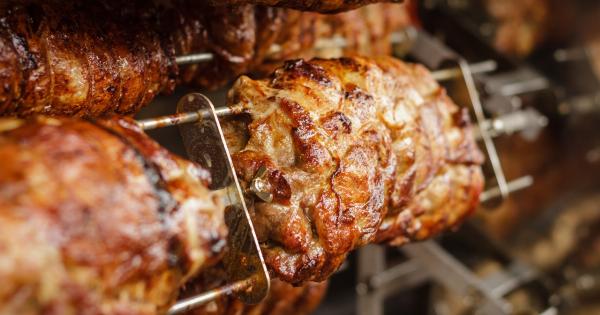In today’s fast-paced and stressful world, many people turn to food for comfort and solace. While occasional indulgence is harmless, an alarming number of individuals develop a dangerous relationship with food that spirals into addiction.
Food addiction, similar to substance addiction, can have serious consequences on physical and mental health. In this article, we will explore the causes, signs, and potential solutions for food addiction, shedding light on the perils of this growing problem.
Understanding Food Addiction
Food addiction is characterized by the compulsive consumption of food, often in large quantities and despite adverse consequences.
Unlike hunger or normal eating patterns, food addiction is driven by the brain’s reward system rather than a genuine need for sustenance. Certain foods, particularly those high in sugar, fat, and salt, trigger the release of dopamine – a neurotransmitter associated with pleasure and reward – in the brain.
This surge of dopamine creates a temporary feeling of happiness and satisfaction, leading to cravings and seeking out more soothing, highly palatable foods.
The Causes of Food Addiction
Food addiction can arise from a combination of genetic, psychological, and environmental factors:.
1. Genetics and Biological Factors
Recent studies have indicated that certain genetic variants may make individuals more susceptible to food addiction. Additionally, hormonal and biochemical imbalances within the body can contribute to the development of addictive eating habits.
2. Emotional and Psychological Triggers
Emotional distress, such as stress, anxiety, loneliness, or depression, can contribute to food addiction. Food becomes a coping mechanism to escape or numb uncomfortable emotions, providing temporary relief.
3. Reward System Dysfunction
In some cases, individuals with food addiction may have an altered reward system in their brains. This may be a result of previous substance abuse, as drugs and highly palatable foods both stimulate the reward centers in the brain.
Recognizing the Signs of Food Addiction
Identifying food addiction can be challenging, as the symptoms can overlap with other eating disorders and emotional struggles. However, the following signs may indicate the presence of a food addiction:.
1. Uncontrollable Cravings
Individuals with food addiction often experience intense and overwhelming cravings for specific types of food, especially those high in sugar, fat, and salt. These cravings persist even when the person is not physically hungry.
2. Loss of Control
People struggling with food addiction frequently find themselves unable to stop eating, even if they intended to have only a small portion. They may continue to eat beyond the point of fullness, feeling a lack of control over their eating behaviors.
3. Emotional Eating
Emotional eating is a common characteristic of food addiction. The individual uses food as a way to cope with negative emotions, seeking comfort, distraction, or a temporary mood boost.
4. Negative Impact on Daily Life
Food addiction can significantly interfere with everyday life. The individual may spend excessive amounts of time thinking about food, planning meals, and engaging in secretive eating behaviors.
The addiction may also lead to weight gain, health problems, social isolation, and difficulties in personal and professional relationships.
Tackling Food Addiction: Treatment and Strategies
Recovering from food addiction requires a comprehensive approach addressing both the physical and psychological aspects of the condition. Here are some strategies that can help:.
1. Seeking Professional Support
Consulting a therapist, counselor, or registered dietitian with experience in treating eating disorders can provide invaluable guidance and support.
These professionals can help individuals identify triggers, develop coping mechanisms, and establish healthier eating patterns.
2. Mindfulness and Intuitive Eating
Practicing mindfulness and intuitive eating can help individuals reconnect with their body’s natural hunger and fullness cues.
Tuning in to physical sensations while eating, such as taste, texture, and satisfaction, can reduce the reliance on emotional eating and promote a healthier relationship with food.
3. Building a Supportive Network
Joining a support group or connecting with others who have experienced food addiction can offer a vital sense of community and understanding. Sharing experiences, struggles, and successes with like-minded individuals can aid in the recovery process.
4. Addressing Underlying Emotional Issues
Since emotional distress often plays a role in food addiction, addressing underlying psychological issues is crucial.
Therapy sessions focusing on emotional regulation, stress management, and self-care can contribute to breaking free from the cycle of addictive eating.
5. Gradual Lifestyle Changes
Adopting a balanced and sustainable approach to nutrition and physical activity is essential. Gradual changes in dietary habits, incorporating regular exercise, and prioritizing self-care can help restore physical health and emotional well-being.
The Path to Recovery
Overcoming food addiction is a challenging journey that requires patience, self-compassion, and professional guidance.
By recognizing the signs, understanding the underlying causes, and employing effective strategies, individuals can pave their way to a healthier relationship with food, free from the grips of addiction.





















